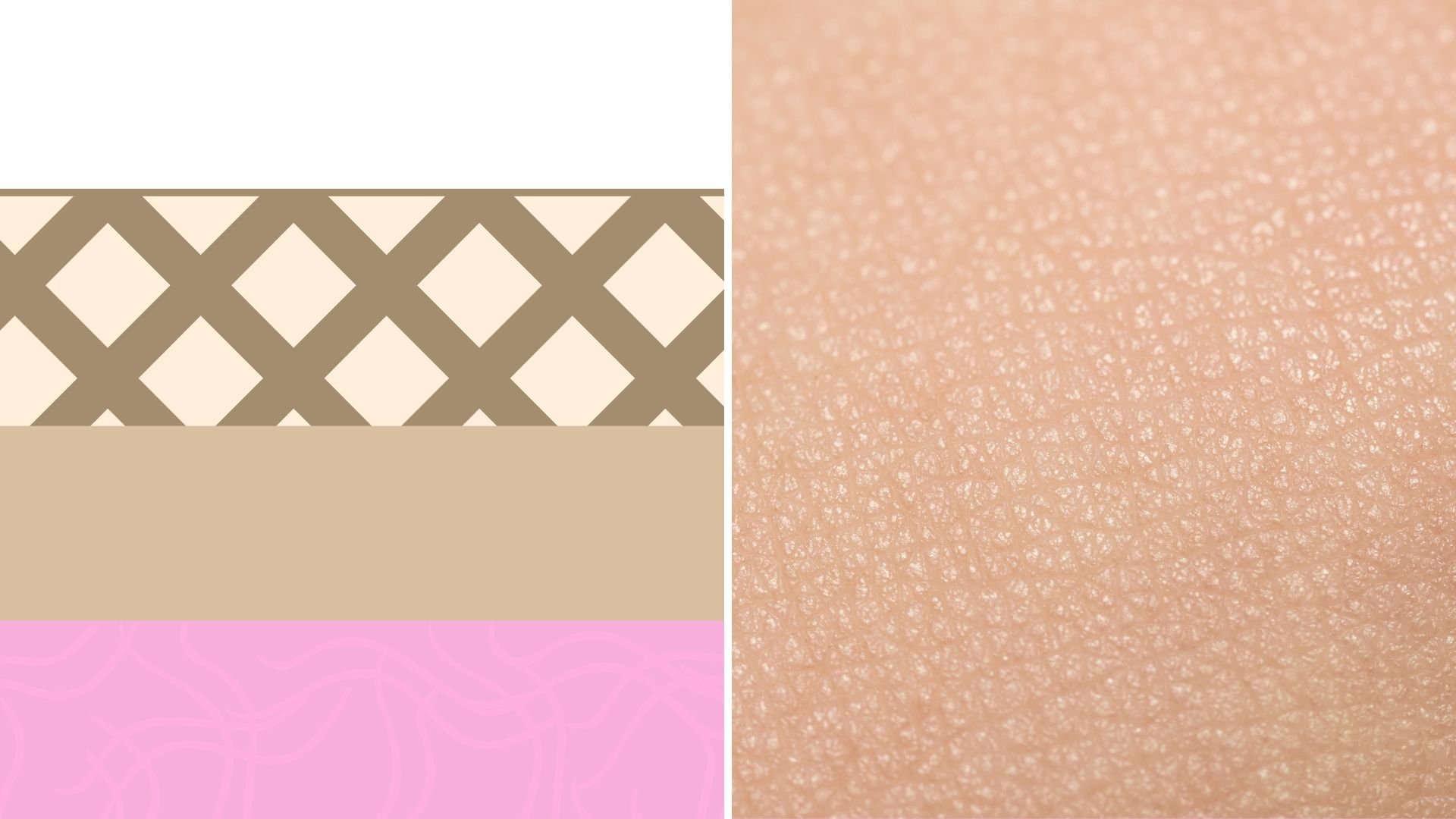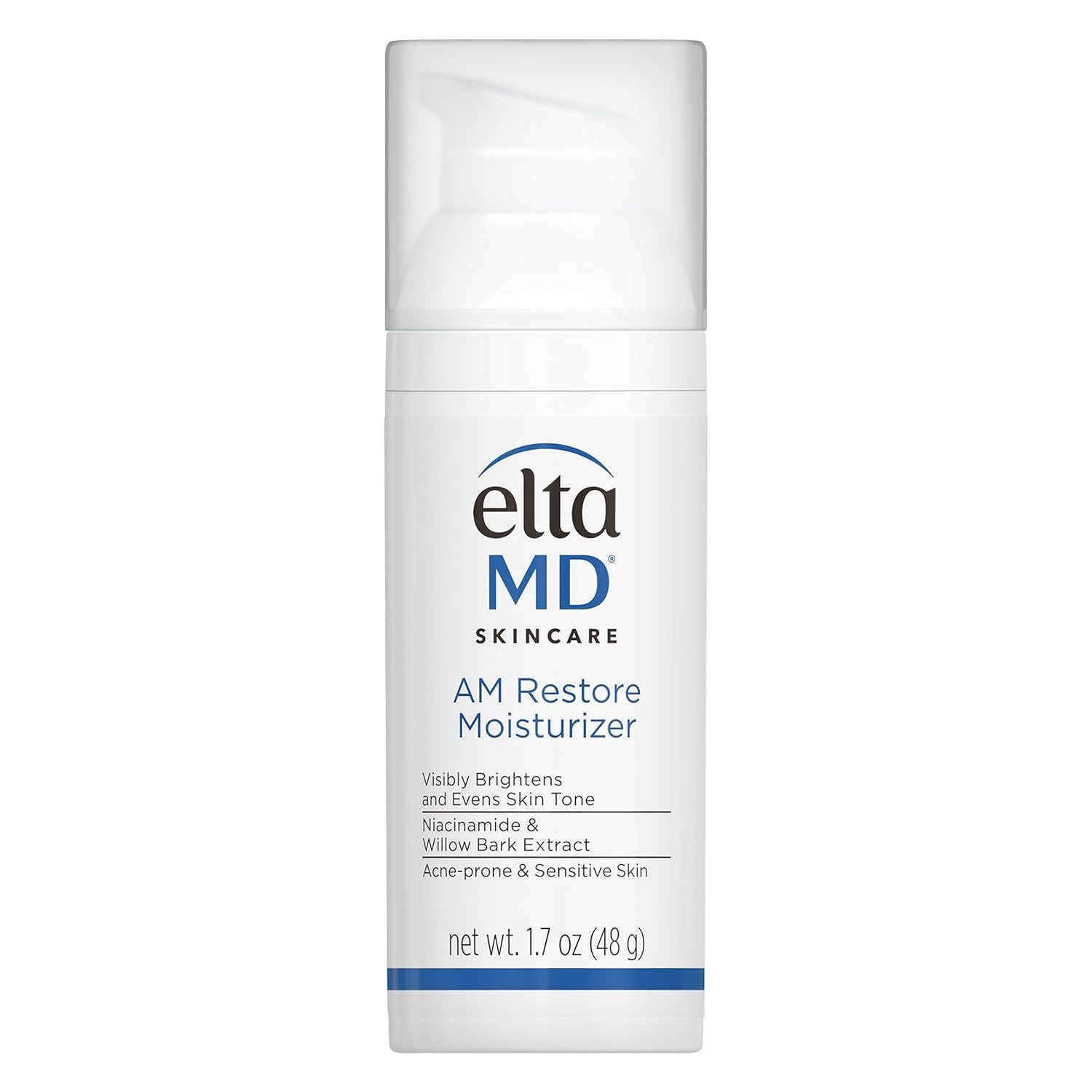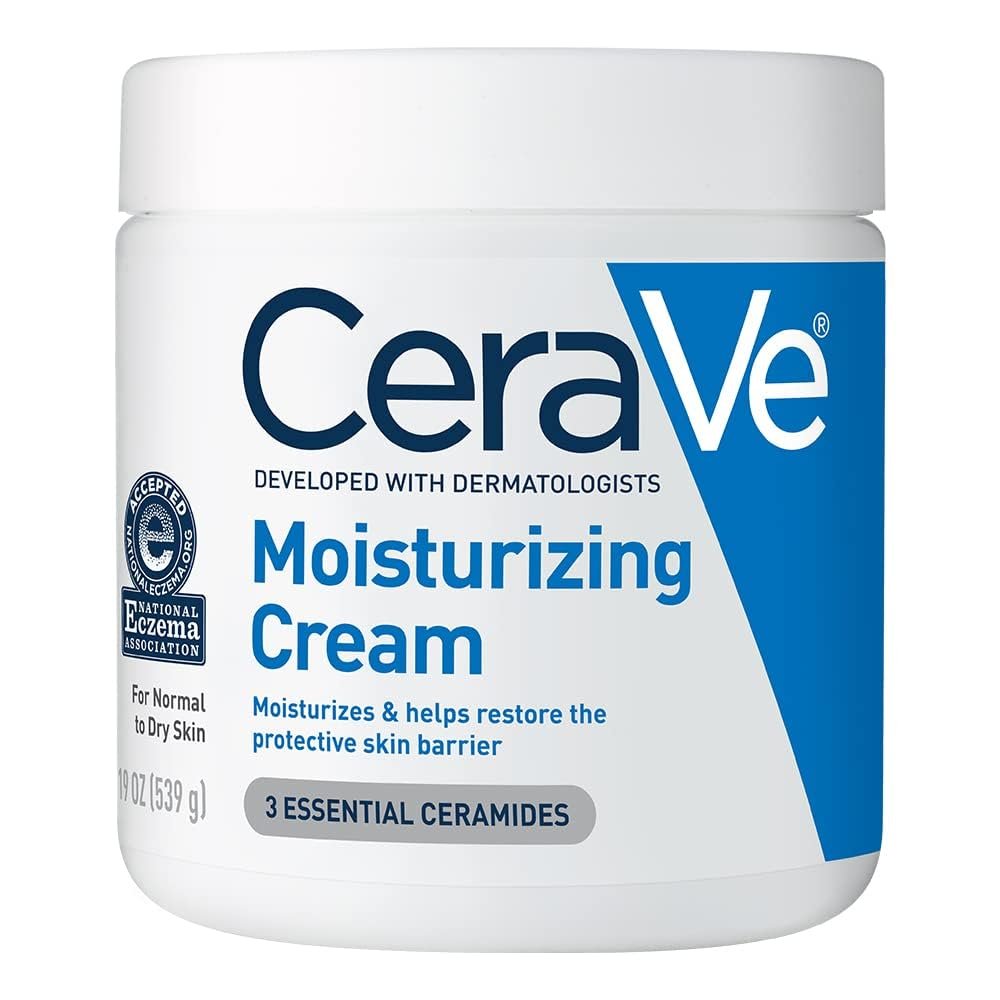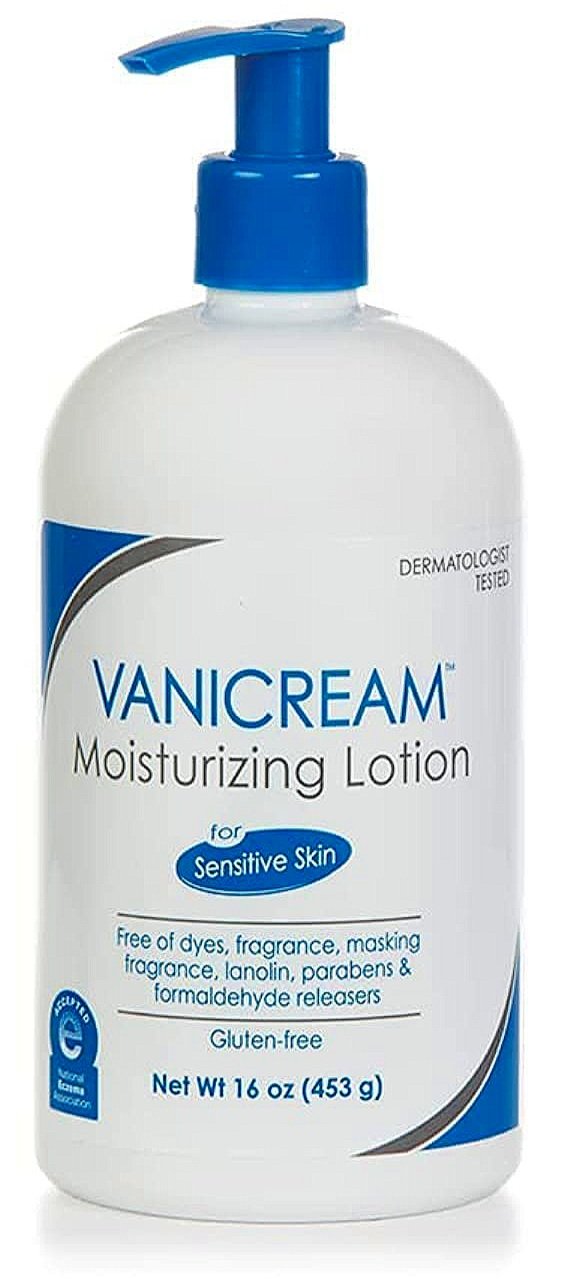
Doctor’s Note: Your Essential Guide to Moisturizer
As dermatologists, we know how important it is to keep your skin hydrated and healthy. Moisturizers play a key role in maintaining skin’s moisture barrier, protecting it from dryness, and improving its texture.
In this guide, we’ll explain the types of moisturizers, how they work, and how to find the best one for your skin type.
What is a Moisturizer?
Moisturizers are an essential part of any skincare routine. They help keep the skin hydrated, soft, and protected from environmental damage. Whether you have dry, oily, or sensitive skin, using a moisturizer helps maintain the skin’s moisture barrier and prevents issues like dryness, irritation, and flakiness. Moisturizers work by trapping water in the skin, which keeps it looking plump, smooth, and healthy.
A good moisturizer can benefit all skin types, even oily or acne-prone skin. By finding the right moisturizer for your skin type, you can support your skin’s natural function and improve its appearance. Here’s what you need to know to choose the right moisturizer and make it part of your daily routine.
Understanding the Skin Barrier
Moisturizing is important because it keeps your skin’s outer layer, called the skin barrier, healthy. This barrier protects your skin from things like pollution, germs, and bad weather, while also holding in moisture. A healthy barrier keeps your skin soft and smooth, but a weak one can cause dryness, redness, and irritation.
Healthy Skin Barrier
Damaged Skin Barrier
How the Skin Barrier Works
The skin barrier is like a brick wall, with skin cells acting as the "bricks" and lipids (fats) as the "mortar" holding them together. This barrier locks in moisture, keeping your skin hydrated, and blocks out harmful irritants and bacteria. When the skin barrier is healthy, it helps maintain a balanced, smooth complexion. Here are the normal components of the skin barrier (you may notice some familiar ingredients!).
The epidermis is the outer layer of skin. It is held together by natural fats like ceramides, cholesterol, and fatty acids. These fats act like “glue” to keep dead skin cells together and help protect the skin. Moisturizers can strengthen this barrier by adding and locking in moisture. Ingredients like ceramides, fatty acids, and humectants in moisturizers help repair and protect the skin, keeping it hydrated and healthy.
Key Ingredients in Moisturizers
Now that we are experts on the skin barrier, let’s take a closer look at the three main types of ingredients in moisturizers: humectants, emollients, and occlusives. Each type plays a different role in hydrating and protecting the skin barrier, and understanding how they work can help you choose the best moisturizer for you!
Humectant: Water-like. The lightest and most hydrating. Teeny tiny molecules that hold onto water and plump the “dead” skin cells. Great for all skin types!
Examples: Hyaluronic Acid, Glycerin, Urea
Emollient: Oil-like. They fill in the gaps between dead skin cells, making it smoother and softer. Great for all skin types!
Examples: Ceramides, Cholesterol, Fatty Acids, Squalane, Oils
Occlusive: A protective barrier that sits atop the skin to prevent water loss. Great to apply on top of other moisturizers to “lock” in hydration. Great for dry skin!
Examples: Vaseline, Aquaphor, Beeswax, Lanolin
Types of Moisturizers
Now that we know the key ingredients in moisturizers, let’s look at how they are mixed into different textures. Moisturizers can be light or heavy. They work on a spectrum, each fitting different skin needs.
Spray
Texture: Refreshing mist
Best for: All skin types
Ingredients: Water with soothing properties.
Why use it: Calms, hydrates, and refreshes without residue. Can use first before applying thicker moisturizer.
Gel
Texture: Lightweight, fast-absorbing
Best for: Oily + acne-prone
Ingredients: Humectants
Why use it: Provides hydration without a greasy feel, making it perfect for warmer climates or oily skin.
Lotion
Texture: Thinner than creams. More hydrating than gels.
Best for: Normal + combo
Ingredients: Humectants + emollients
Why use it: Offers hydration + moisture. Ideal for daily use.
Cream
Texture: Thick, rich texture
Best for: Dry + mature skin
Ingredients: Emollients + occlusives
Why use it: Provides deep hydration, making it ideal for nighttime use.
Oil
Texture: Vary from light to heavy, depending on the oil.
Best for: Dry, mature, or combo skin
Ingredients: Jojoba oil, squalane, argan oil, etc.
Why use it: Offers nourishment while locking in moisture.
Occlusive
Texture: Heaviest. Sits on top of skin.
Best for: Extremely dry or damaged skin.
Ingredients: Petrolatum, shea butter, etc.
Why use it: Forms a strong barrier to prevent water loss and lock in moisture.
How to Choose the Right Moisturizer
Selecting a moisturizer depends on your skin type and needs, but understanding the roles of humectants, emollients, and occlusives can help you choose wisely:
Normal Skin
Look for: A balanced moisturizer with humectants and emollients.
Why it works: Maintains moisture and keeps the skin barrier strong.
Example: A lotion with glycerin and ceramides that provides basic hydration.
Oily Skin
Look for: Gel-based moisturizers with humectants.
Why it works: Lightweight humectants, like hyaluronic acid, add hydration without clogging pores.
Example: A gel moisturizer with hyaluronic acid and glycerin for hydration.
Dry Skin
Look for: Creams or ointments with emollients and occlusives.
Why it works: Emollients help repair the barrier, while occlusives prevent moisture loss.
Example: A thick cream with shea butter and petrolatum to lock in moisture.
Combo Skin
Look for: Balancing moisturizers with a mix of humectants and emollients.
Why it works: Humectants hydrate the oily T-zone, while emollients keep drier areas soft.
Example: A lotion with squalane and glycerin that hydrates without making skin feel heavy.
When to Apply Moisturizer in Your Routine
Using a moisturizer correctly can make a big difference in how effective it is. Here’s a simple guide to using moisturizer in your routine:
Cleanse Your Skin: Start with a gentle cleanser to remove dirt, oil, and impurities.
Apply Actives: To clean skin, apply any serums with active ingredients (Niacinamide, Vitamin C, etc)
Apply Moisturizer: For the best results, apply moisturizer while your skin is still slightly damp to lock in moisture.
Follow with Sunscreen (AM Only): In the morning, finish your routine with sunscreen to protect your skin from UV damage.
Applying moisturizer twice a day, in the morning and at night, helps maintain skin hydration and keeps your skin barrier strong.
Best Moisturizers
Moisturizers cater to different skin types and concerns—from lightweight lotions for oily skin to rich creams for dry skin. Key ingredients like hyaluronic acid, glycerin, and ceramides help to attract and retain moisture.
CeraVe PM Facial Moisturizing Lotion
Texture: Lotion
Niacinamide: Calms and brightens skin
Ceramides: Restore skin barrier
Hyaluronic Acid: Hydrates. Can sometimes irritate.
Best For: Normal to oily, sensitive skin
Texture: Cream
Madecassoside: Calms and soothes irritation
Panthenol: Soothes
Glycerin: Attracts moisture
Best For: Oily, sensitive skin
Aveeno Calm + Restore Moisturizer
Texture: Gel
Oat Extract: Calms and soothes skin
Ceramides: Restore and maintain the skin barrier
Glycerin: Hydrates
Best For: Dry, sensitive skin
La Roche-Posay Toleriane Double Repair Moisturizer
Texture: Cream
Ceramides: Restore the skin barrier
Niacinamide: Calms and soothes
Glycerin: Hydrates
Best For: Normal to dry, sensitive skin
Texture: Gel-cream
Niacinamide: Balances and brightens
Squalane: Provides lightweight hydration
Peptides: Support skin structure
Best For: Oily, acne-prone skin
Texture: Gel
Hyaluronic Acid: Hydrates. Can sometimes irritate.
Glycerin: Attracts moisture
Dimethicone: Locks in hydration
Best For: Normal to oily skin
Best Moisturizer for Oily Skin
Moisturizers designed for oily skin are crucial for balancing hydration without exacerbating oiliness. These products typically feature lightweight, non-comedogenic formulas that provide moisture while regulating sebum production.
Texture: Lotion
Willow Bark: Stimulates skin turnover to smooth skin
Niacinamide: Calms skin and improves texture
Caffeine: Reduces puffiness and redness
Best For: Oily skin + morning use
Texture: Gel
Ceramides: Restore and strengthen skin barrier
Niacinamide: Balances oil production and brightens
Centella Asiatica: Calms and soothes skin
Best For: Oily to combination, sensitive skin
Best Moisturizer for Dry Skin
Moisturizers for dry skin are essential for deeply nourishing and restoring hydration to parched skin. These creams often contain rich, emollient ingredients like ceramides and shea butter. Apply to damp/wet skin to further lock in water.
Texture: Cream
Ceramides: Restores skin barrier
Hyaluronic Acid: Hydrates. Can sometimes irritate.
Glycerin: Attracts moisture
Best For: Dry, sensitive skin
Texture: Gel-cream
Glycerin: Provides deep hydration without heaviness
Hydro Ionized Mineral Water: Replenishes moisture
Best For: Oily to combination skin
First Aid Beauty Ultra Repair Cream
Texture: Cream
Colloidal Oatmeal: Soothes irritation
Shea Butter: Deeply nourishes
Glycerin: Attracts moisture
Best For: Very dry, eczema-prone skin
Texture: Cream
Ceramides: Strengthen the skin barrier
Ginseng Extract: Nourishes and revitalizes skin
Best For: Dry, sensitive skin
Best Moisturizer for Sensitive Skin
Moisturizers for sensitive skin are formulated to soothe and protect without causing irritation. They also often feature skin-repairing components such as ceramides or squalane to reinforce the skin's natural barrier. Avoid fragrances, alcohol, hyaluronic acid, and niacinamide, as these can exacerbate sensitivity.
Texture: Lotion
Glycerin: Hydrates and retains moisture
Petrolatum: Seals in moisture
Free of: Dyes, fragrance, and parabens
Best For: Dry, sensitive skin
Texture: Cream
Petrolatum: Locks in moisture
Glycerin: Attracts and retains moisture
Free of: Fragrances, dyes, parabens
Best For: Very dry, sensitive skin
La Roche-Posay Cicaplast Balm B5
Texture: Thick balm
Panthenol (5%): Soothes and repairs skin
Shea Butter: Nourishes and locks in moisture
Madecassoside: Calms irritation
Best For: Dry, damaged, or irritated skin
Texture: Lightweight cream
Thermal Spring Water: Calms and soothes irritation
Glycerin: Provides hydration without heaviness
Best For: Sensitive, normal to dry skin
Best Moisturizer for Mature Skin
When it comes to choosing the best moisturizer for mature skin, look for ingredients that help improve firmness, hydration, and texture. Moisturizers with peptides, hyaluronic acid, and antioxidants like Vitamin C and E are great options. Peptides support collagen, which can help reduce the look of fine lines, while hyaluronic acid keeps skin plump and hydrated. For extra nourishment, choose a cream with rich ingredients like shea butter or squalane. Products like Skinceuticals, Ole Henriksen, and Perricone MD offer formulas specifically designed for aging skin, helping to keep it smooth, soft, and radiant.
Texture: Cream
DMAE: Firms and lifts skin
Peptides: Strengthen and support aging skin
Vitamin C Ester: Brightens and evens tone
Best For: Mature, dry to normal skin
Naturium Multi Peptide Moisturizer
Texture: Lightweight cream
Peptide Complex: Enhances skin resilience
Hyaluronic Acid: Hydrates and smooths
Niacinamide: Brightens and evens tone
Best For: Mature, sensitive skin
Texture: Cream
Vitamin C: Brightens and reduces fine lines
Collagen: Plumps skin and smooths wrinkles
Best For: Mature, normal to dry skin
Skinceuticals Moisturizer
Texture: Rich cream
Vitamin C + E: Antioxidant protection
Peptides: Support collagen production
Hyaluronic Acid: Deep hydration for mature skin
Best For: Mature, dry skin
Common Myths About Moisturizers
There are many myths about moisturizers. Here’s the truth about some common misconceptions:
Myth 1: Oily Skin Doesn’t Need Moisturizer. Even if you have oily skin, using a lightweight, oil-free moisturizer helps balance your skin and prevent it from overproducing oil.
Myth 2: You Only Need Moisturizer in Winter. Skin needs hydration year-round, not just in winter. Factors like sun exposure, indoor heating, and air conditioning can also cause dryness.
Myth 3: More Expensive Moisturizers Work Better. Price doesn’t always mean better results. Many affordable moisturizers contain effective ingredients that work just as well as high-end products.
FAQs About Moisturizers
Should I use moisturizer cream during summer?
Yes, it’s still important to use a moisturizer cream during summer. Even though the air is more humid, sun exposure, swimming, and air conditioning can still dry out your skin. A lightweight or gel-based moisturizer can be a good choice for warmer weather.
Retinol before or after moisturizer?
You should apply retinol after your moisturizer if you have sensitive skin or are new to retinol. This can help reduce irritation. If your skin is used to retinol, you can apply it directly to clean, dry skin before moisturizing.
Can I use a moisturizing mist instead of moisturizer?
A moisturizing mist can add hydration, but it doesn’t lock in moisture as well as a regular moisturizer. It’s best to use a mist along with a moisturizer to keep your skin hydrated and protected.
Moisturizer before or after retinol?
If you’re just starting to use retinol or have sensitive skin, apply your moisturizer first to create a barrier that reduces irritation. Otherwise, you can use retinol first and then apply your moisturizer.
Can moisturizer cause acne?
Some moisturizers can cause acne, especially if they are too heavy or contain pore-clogging ingredients. Look for non-comedogenic (won’t clog pores) moisturizers if you’re prone to acne.
How much moisturizer should I use?
A pea-sized amount of moisturizer is usually enough for your face. Adjust the amount based on your skin type and dryness level. If your skin feels tight or dry, you can apply a bit more.
Best moisturizer after chemical peel?
After a chemical peel, use a gentle, fragrance-free moisturizer with soothing ingredients like hyaluronic acid, ceramides, or aloe vera. Avoid products with strong active ingredients until your skin fully heals.
Moisturizer vs lotion – what’s the difference?
Moisturizers and lotions both hydrate the skin, but lotions are usually lighter and have a higher water content. Moisturizers can be thicker and provide more hydration, making them better for dry skin or colder weather, while lotions work well for normal to oily skin.

































